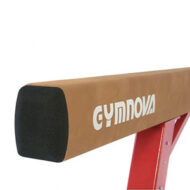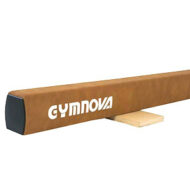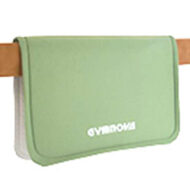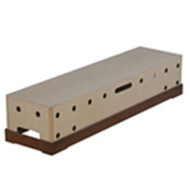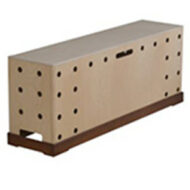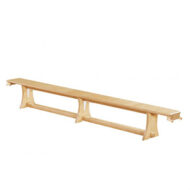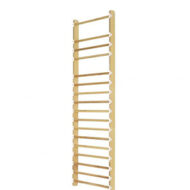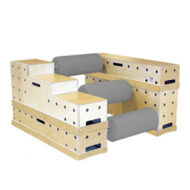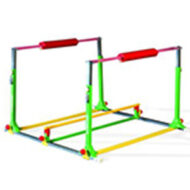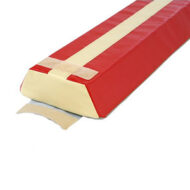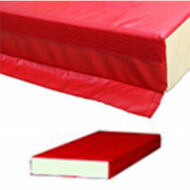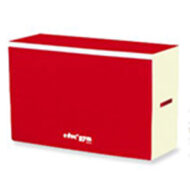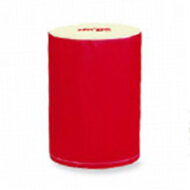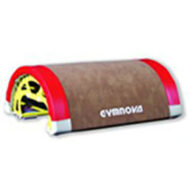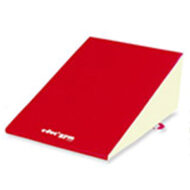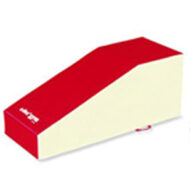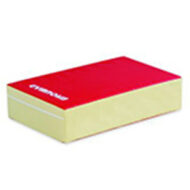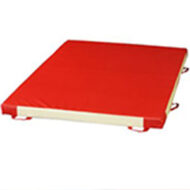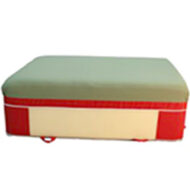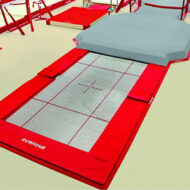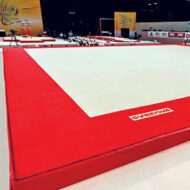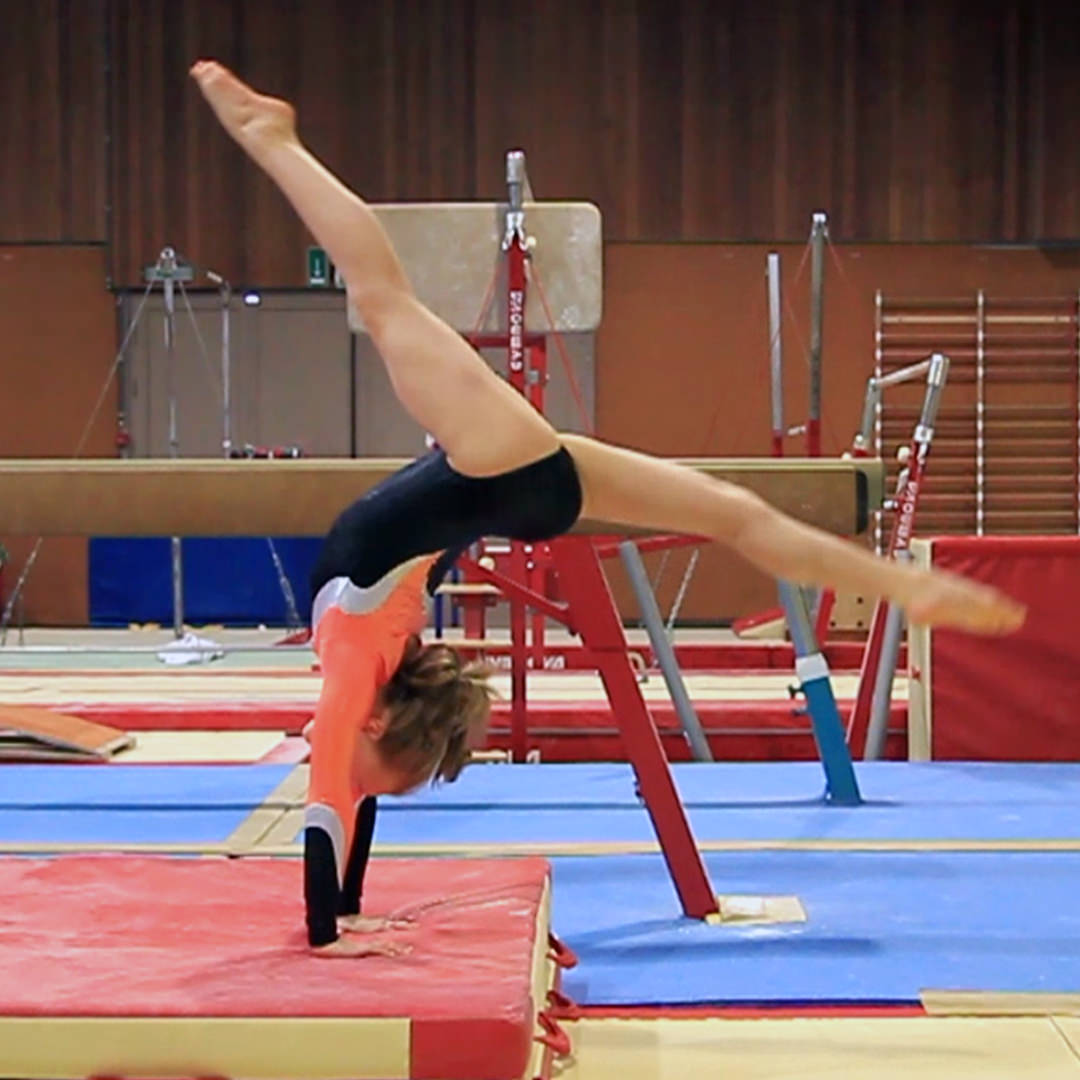Back handspring step-out
How to teach the back handspring step-out on beam



Angelo Ritorto
Back handspring step-out
How to teach the back handspring step-out on beam
description
This is a training for beam on the back handspring, or flic-flac, step-out, a legendary element in artistic gymnastics.
Watch these videos to be able to study this flic-flac step-out in minute detail. You'll be able to understand its technique and determine when gymnasts are ready to tackle it. You'll learn how to teach it, spot it, and work on the strength and flexibility specific to this skill.
In this training, we offer you almost 40 drills, and 36 specific physical preparation exercises.
Bonus: The "Live" video brings you 3 case studies of flic-flacs performed with mistakes. Discover the options for correcting these mistakes offered by our trainer.
Enjoy!
A tip from us: before learning to teach this foundational technical element in gymnastics, we suggest that you go through the training on back walkovers.
Associated books
Let's Teach artistic gymnastics - Beam Skills (Backward acrobatic skills)
Learn how to teach:
• Back walkover • Flic-flac step-out • Layout step-out • Tuck back •
All the exercises needed to learn backward skills on beam, from their beginnings to the execution of complete skills
→ 174 exercises - 214 pages - Format 15 x 21 cm -
A note on the series of books, "Let's teach gymnastics":
• Our books are essential companions to the video training on the same topics that you find in the section "Gymnastics Education" here on GymneoTV.
• Their spiral binding and tabbed pages allow you to quickly find the skills you want to look at, and easily locate the drills and training stations.
• The summaries of technique and the large format illustrations made to scale make these books the ideal companions to your training sessions.
Our advice:
• For training session prep: thanks to the technique summary and icons at the top of each page, you can easily find the stations that match the current needs of your gymnasts. You can also anticipate the equipment needs for your upcoming session.
• During training: with the help of realistic images, you can save time by showing your gymnasts the drills to work on. They will also be able to help you set up the training stations and thanks to the illustrations, they'll more easily understand the task at hand.
• You will improve the constant exchange that you have with your athletes. In fact, when giving your instructions, the illustrations create common ground for discussions or reference points. They make it easy to understand and/or visualize technical placements, which makes it much easier to learn the element.
content
- Specific strengthening of the quality of the leg push-off for the back handspring step-out—5 exercises
- Flexibility in opening position and in flexion for the back handspring—8 exercises
- Forward movement of arms and the action of bringing them together to put the hands down—7 exercises
- Movement of the pelvis while passing through the handstand—2 exercises
- Development of flexibility of the front-back split—9 exercises
- Strengthening of landing phase—5 exercises

